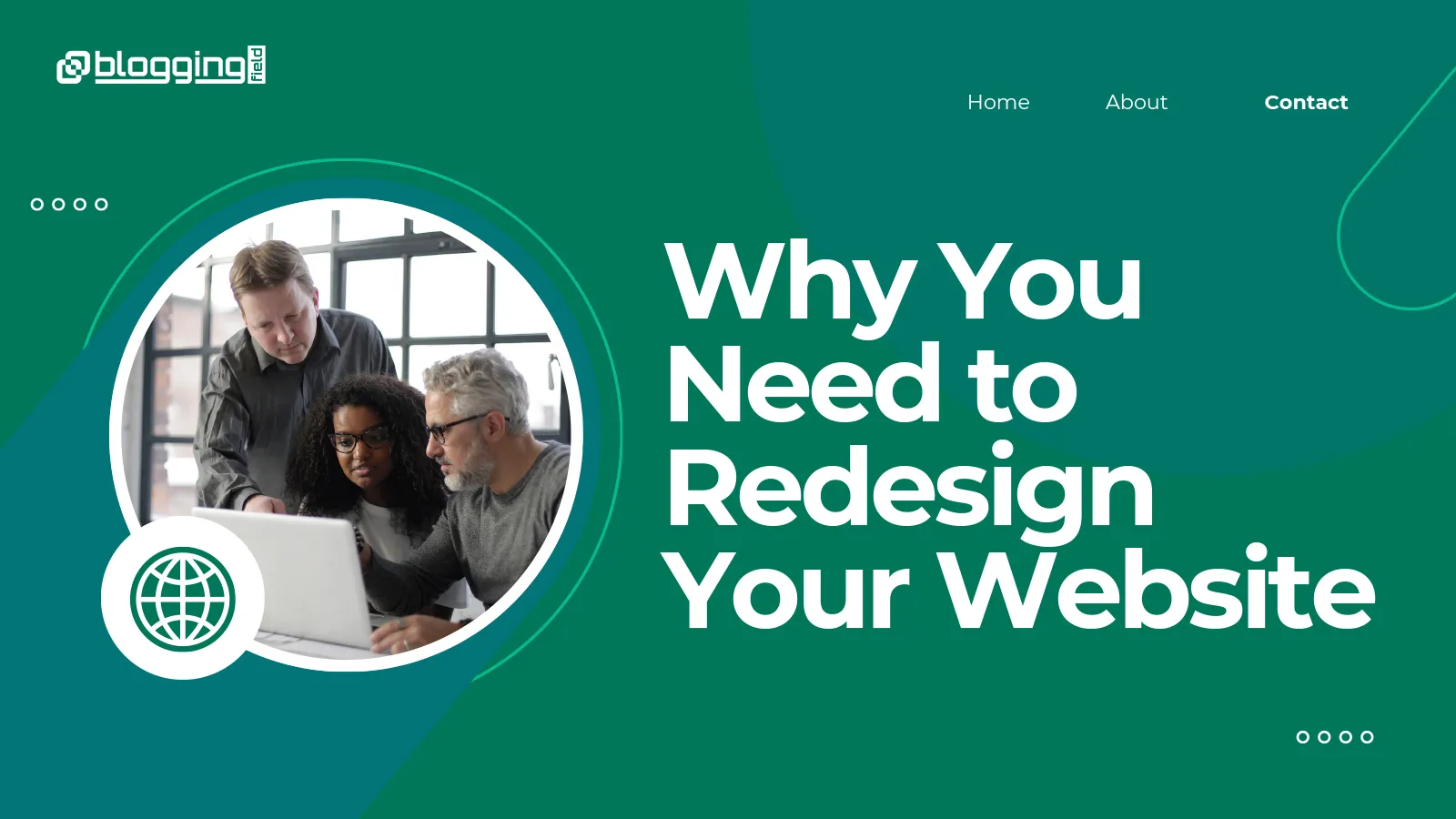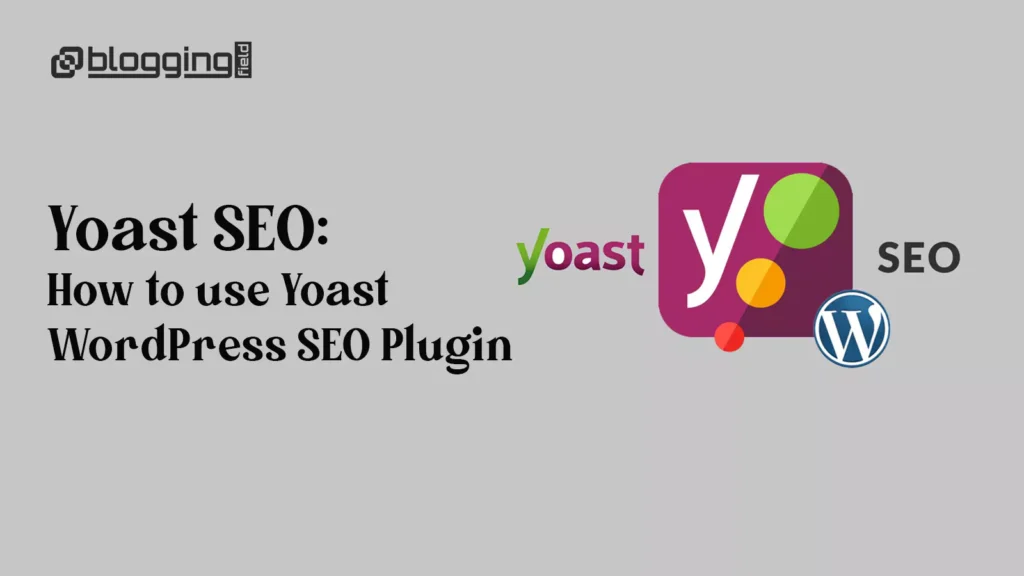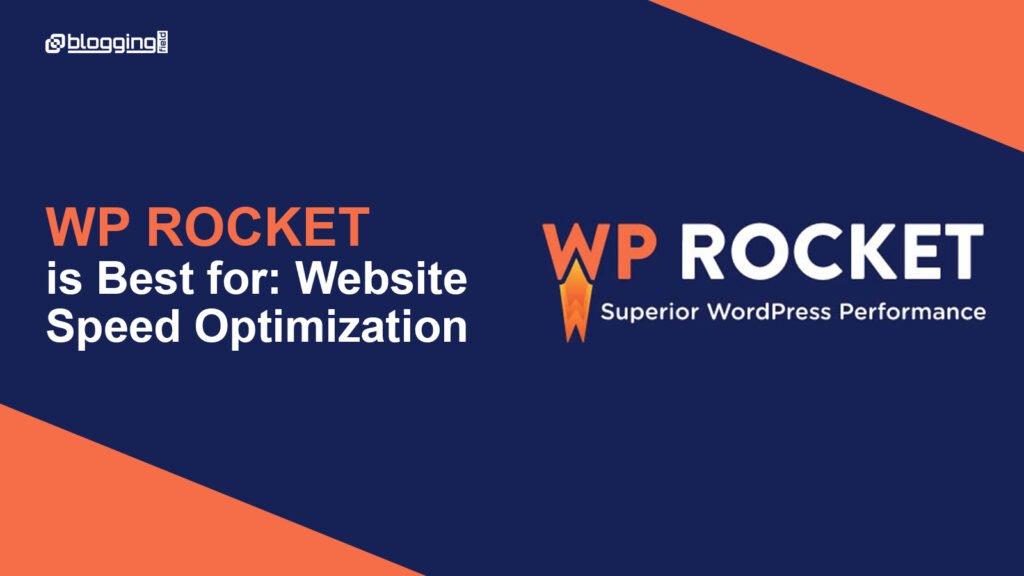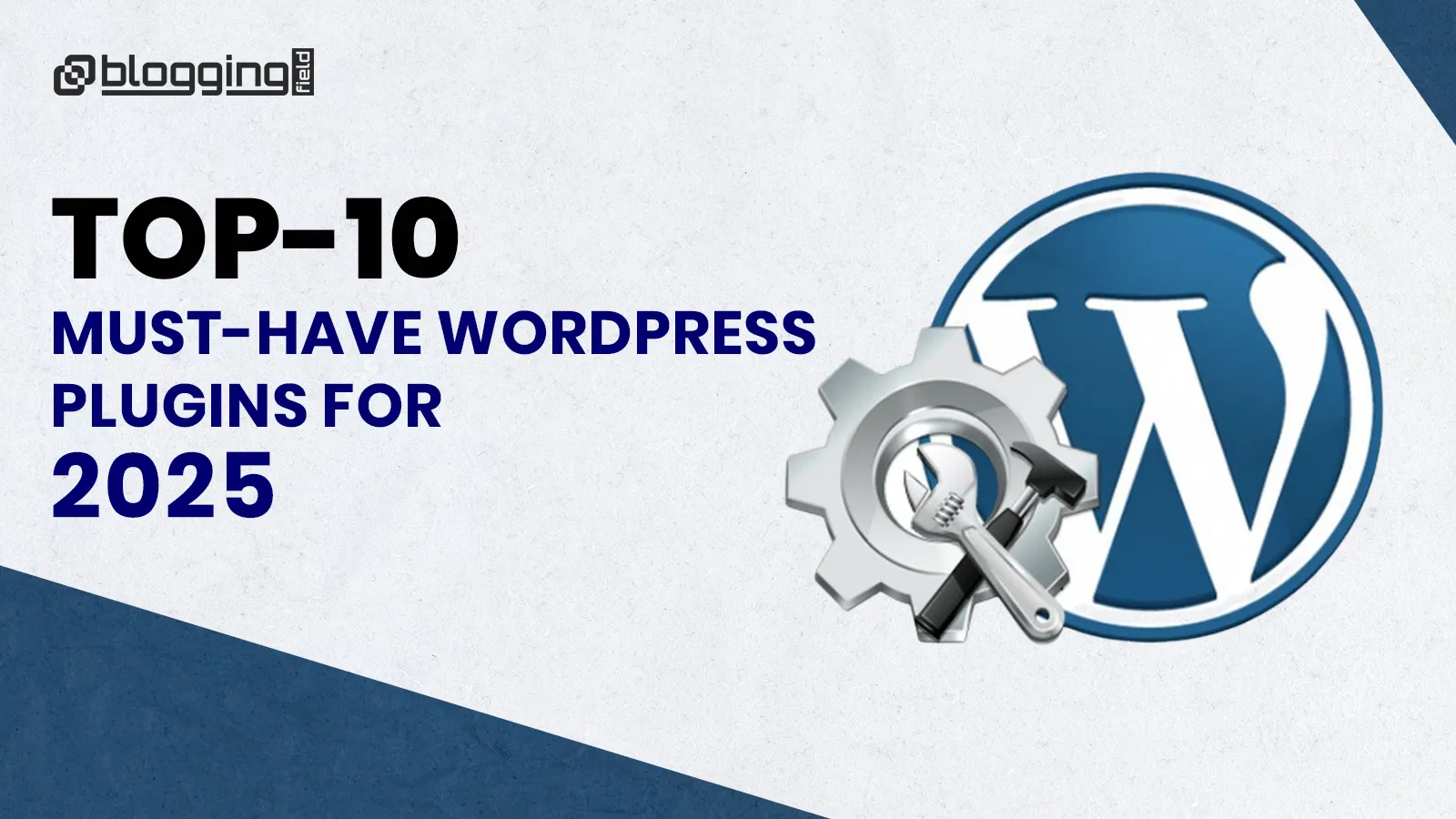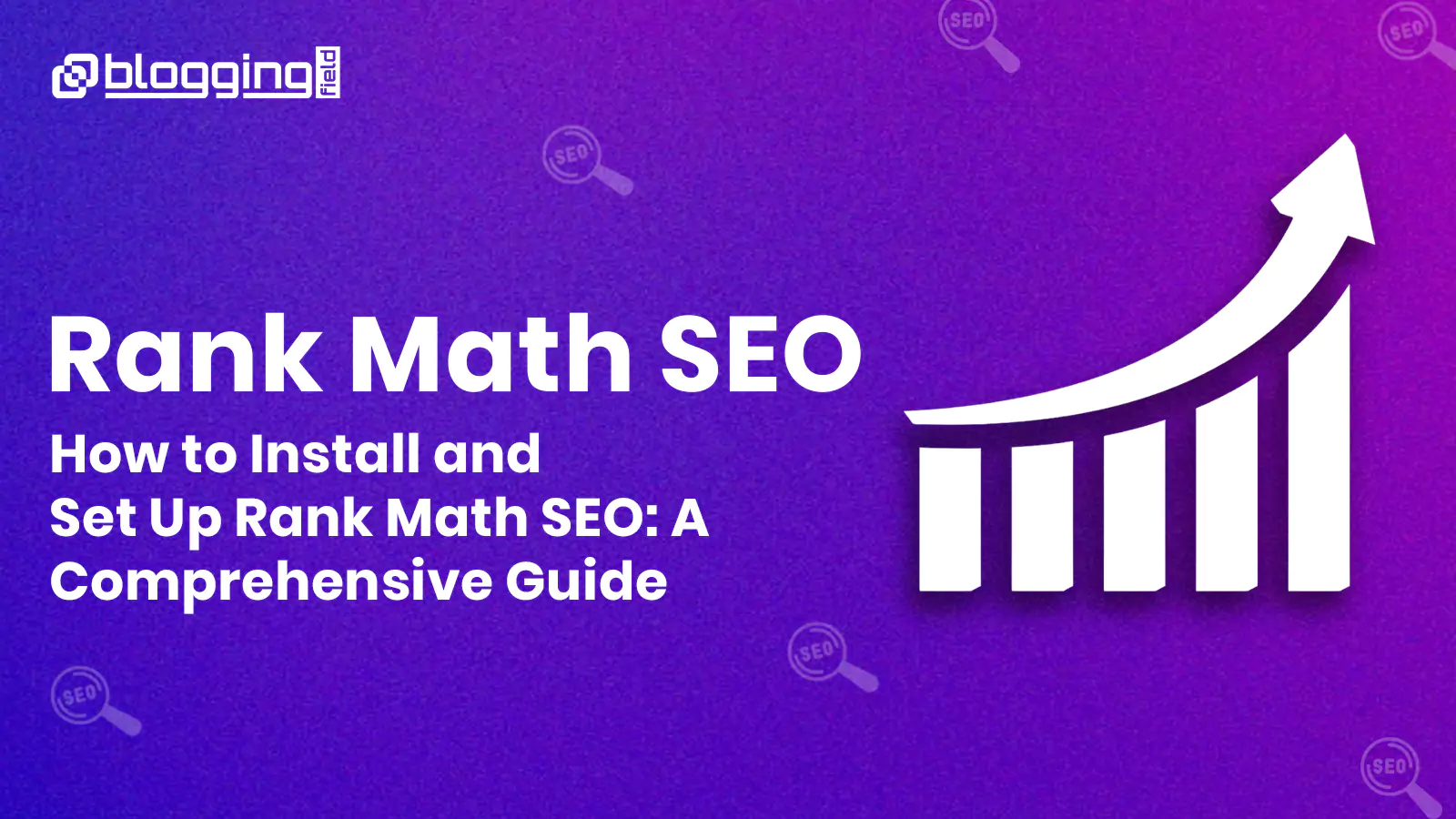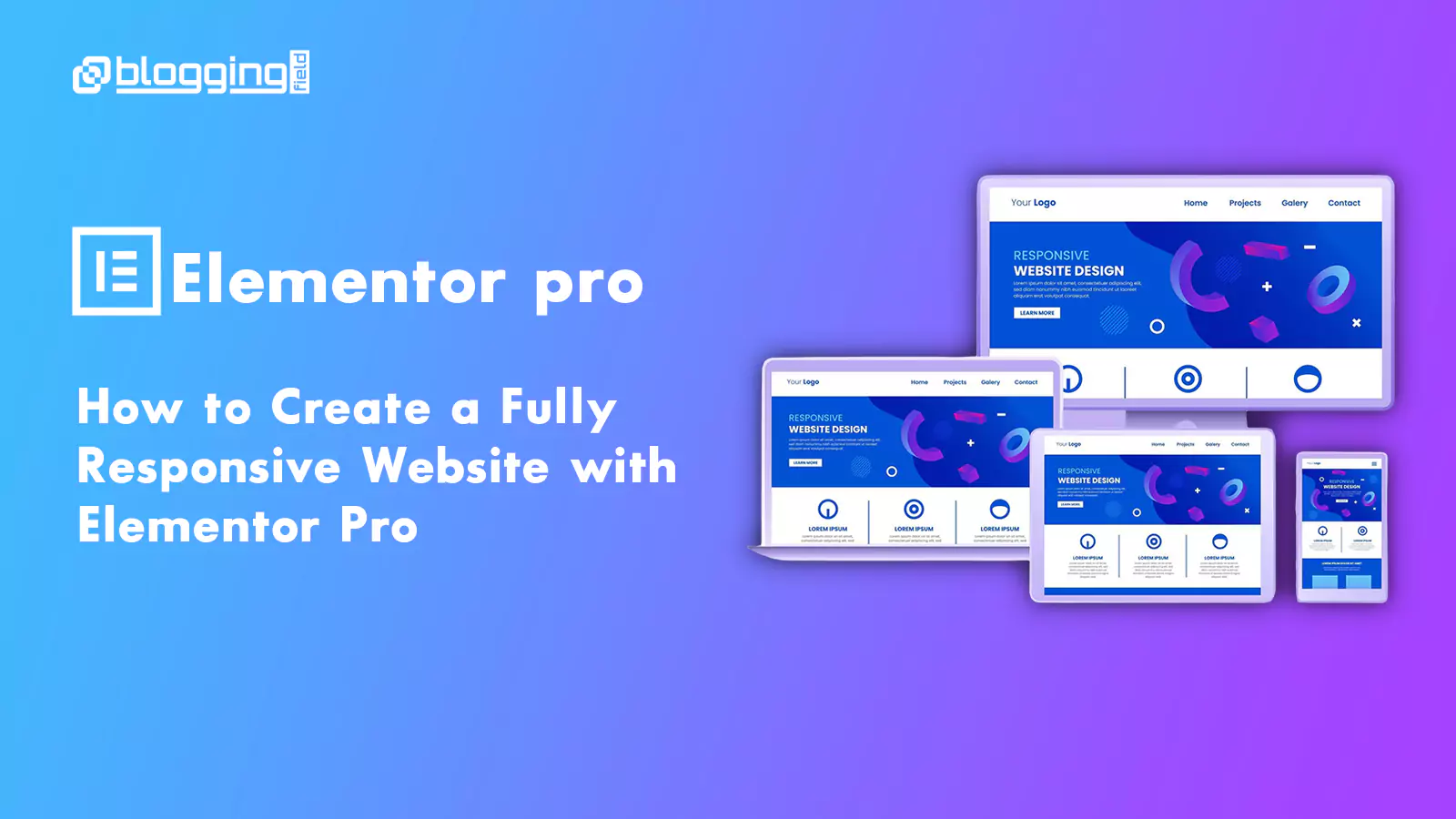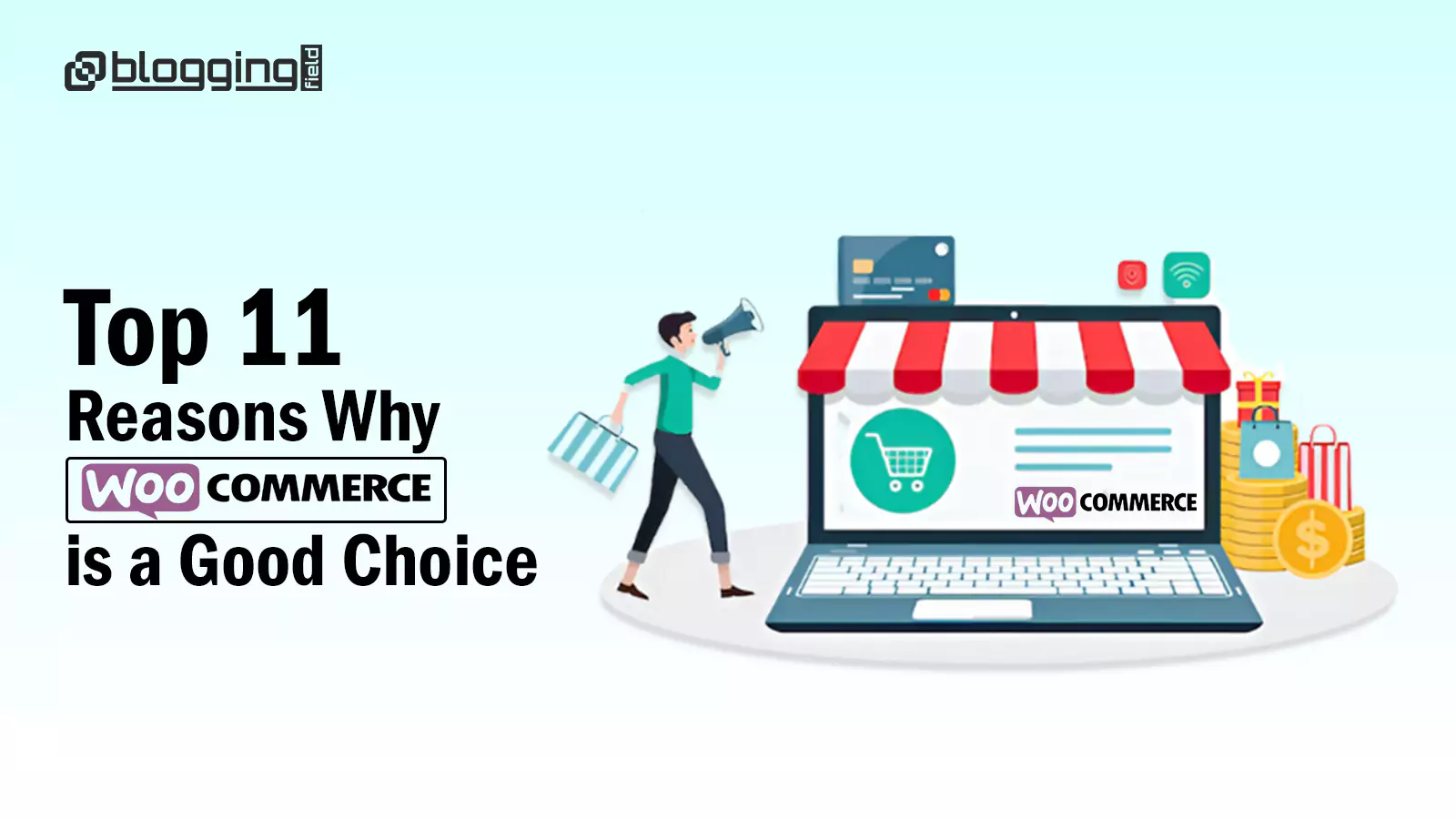Introduction
Your website is often the first impression customers have of your brand—and in 2025, expectations are higher than ever. Speed, mobile responsiveness, modern design, and usability all play a role in converting visitors into loyal customers.
But here’s the truth:
If your website hasn’t been updated in 2+ years, it could be costing you visibility, credibility, and sales. Let’s explore 10 crucial reasons why it might be time to redesign your website and how making that change can transform your business results.

What is Website Redesign?
Redesigning a website is more than providing it with a visual makeover; it’s an important aspect of website maintenance. A successfully implemented redesign touches upon your site’s content, user experience, search engine optimization (SEO), and mobile optimization while enhancing both form and function. The ultimate goal is to design a beautiful website, that provides the user with all of the information he or she requires, includes all of the necessary SEO features, and runs as smoothly as possible..
Why You Should Redesign Your Website?
1. When Your Website Looks Outdated
When was the last time your business website was redesigned? The good custom of web hygiene recommends redesigning your site after every 2-3 years. By this time, important developments have happened in technology and design. Although the web develops very fast, you don’t need to worry about every little thing. We have had smartphones for many years now, but only a few businesses have set up their mobile presence.
If you cannot recall when the last redesign of your site was, it’s a good indicator to make a new one. Even worse, does your website include Flash elements, an automatic music/video player, shiny banners, etc? Definitely, time to make a redesign.
2. your website Not Mobile-Friendly
If your company does not have a presence on the mobile ecosphere, it loses around 70% of the overall traffic. Modern-day customers like handy websites or apps that they can scroll and check on the go through their mobile devices and tablets. This calls for responsive websites that load well on every screen size.
3. Your Competitor’s Website is Prettier Than Yours
Have your competitors suddenly risen from the ashes only to steal your clients with their fancy new websites? When you can admit that a competitor’s website is prettier than yours, it may be time for a change. Their site could be more functional, easier to use, better organized, modern, etc. 70% of the purchase decision is influenced by the business website. When your website is worse than your competitors, you can say “goodbye” to your clients.
4. Slow Load Times
Speed = money. A 1-second delay can reduce conversions by 7%. A modern redesign ensures optimized images, cleaner code, and fast-loading pages. How fast your website loads is a major factor in whether a visitor stays or leaves to view a different site without returning. There may be elements that need to be changed or removed to give your website a speed boost. Google Page Speed Insights is one of many great tools that provides insight into how fast your website loads, and what you can improve to reduce the risk of potential customers not viewing your site.
Users hate to wait for slow loading pages. They want to access information quickly and easily. If your page takes too long to load, your leads may wind up on your competitor’s site instead of yours.
5. Outdated third party tools
If you think that the third-party tools in your website are outdated and are causing problems to your website, then probably it is time for redesigning. The purpose of redesigning a website is to check if all the components like plugins, themes, page builders, third-party integrations, and even the hosting platform are up to the mark. If the site seems bulky, takes time to load or creates issues in content management, then it’s time to modify it with new, high-performing tools
To improve the functionality, if your website contains third party tools like shopping cart widgets, and if some of these tools are functionally outdated or inoperable, then they must be re-designed. To determine the necessity of re-designing, ask yourself, following questions :–
- Is everything regarding third party tools is in working condition?
- Is your website is getting slow because of these third-party tools?
- Are the updated tools available and compatible to your website?
If the answer is yes, re-designing of website is must for you.
6. Your website Not Secure
Older websites may not have SSL, updated security protocols, or compliant data handling. This can hurt trust—and even get your site penalized. Nowadays, no matter whether you’re a bank or a small arts and crafts store, it’s extremely important that you protect your users’ data. During a redesign, developers are going to check whether your website is sufficiently secure. If not, they’re going to eliminate its vulnerabilities. Aside from that, they’re going to ensure that the software that keeps it running isn’t going to be exploited by any malicious third party.
7. Your Competitor’s Website is Prettier Than Yours
Have your competitors suddenly risen from the ashes only to steal your clients with their fancy new websites? When you can admit that a competitor’s website is prettier than yours, it may be time for a change. Their site could be more functional, easier to use, better organized, modern, etc. 70% of the purchase decision is influenced by the business website. When your website is worse than your competitors, you can say “goodbye” to your clients.
8. You haven’t Integrated Social Media Channels
Your website was developed years ago when social media is not popular or you do not have any presence on those platforms. But, when you have it – it’s necessary to incorporate it on your website. The value of social media in a marketing strategy is undeniable.
People are frequently too lazy or inconsistent to begin searching for your business. Social networking is a great tool for building relationships with clients and advertising your business. Your website is missing out on a ton of followers and devoted consumers if social media buttons are absent.
9. Your SEO Rankings Are Dropping
Old code, lack of schema markup, and missing on-page SEO can hurt your organic search rankings. A redesign allows you to modernize your SEO foundation. Search engines regard fresh content as the most current for consumers. It’s likely that your marketing team wants to be able to generate more leads and increase traffic using search engine optimization (SEO). Unfortunately, not everyone knows the ins and outs of how a search engine works. As a result, numerous companies invest in search engine optimization efforts based on outdated knowledge and lucky guesses. As you can probably tell, it doesn’t bring them the results they need.
That’s where a redesign might prove to be beneficial. The key here is to choose a web design agency that offers search engine optimization services. On top of taking care of the visuals on your site and the user experience it provides, they will do their best to ensure that Google loves it.
10. Your Website is Not Visible on Search
Rocking on a search engine results page requires constant technical adjustment and content updates. Technical elements include activities like choosing keywords and optimizing pages for relevant keywords. Some CMS systems make it easy to set metadata by yourself without having to change the code. If you don’t have a CMS, you probably need a little help from professional web developers. Search engines like Google, Yahoo! Bing, Yandex, etc., consider fresh and relevant content as a ranking factor.
What are the Benefits of Redesigning Your Website?
1. Improved User Experience (UX)
As a business owner, you are constantly looking for methods to improve your bottom line. One method to achieve this is to ensure that your website is designed to deliver the best possible user experience.
The website redesign ensures that your current website is simplified for user experience and the whole strategy, design and navigation is designed keeping users in mind, leading to more customer satisfaction and sales ultimately.
2. Enhancing Site Performance and SEO
A comprehensive website redesign entails addressing both the visual aspects and technical foundations. By optimizing page load speed, enhancing mobile responsiveness, and implementing effective search engine optimization (SEO) techniques, you elevate site performance and ensure better visibility on search engine results pages. A well-executed SEO strategy, encompassing meticulous keyword research and on-page optimization, propels organic traffic growth and boosts your website’s discoverability.
3.Better SEO Performance
A redesign allows you to implement the latest SEO best practices, from improved site structure and meta tagging to Core Web Vitals optimization. A thorough website redesign takes care of the technological underpinnings and the aesthetics. By optimizing page load speed, improving mobile responsiveness, and using efficient search engine optimization (SEO) approaches, you can improve site performance and visibility on search engine results pages. A well-implemented SEO plan and site performance increase the growth of organic traffic and improve the discoverability of your website.
4. Easier Content Management
Switching to a user-friendly CMS like Webflow, WordPress, or Shopify allows your team to update content without needing a developer. As part of your redesign project, it’s essential to evaluate and enhance the functionality and content management of your website. Conducting a thorough content audit enables you to identify outdated or redundant material, optimize existing content, and develop a plan for creating high-quality, user-centric content. By streamlining content management processes and improving overall website functionality, you create a seamless user experience that facilitates efficient content delivery.
5. Increased Conversions and Sales
Strategic CTAs, simplified navigation, and updated content help turn more visitors into leads, customers, or subscribers. As your brand perception and UX improve, so does your potential for driving conversions and increasing sales. A well-crafted website featuring clear calls-to-action, persuasive messaging, and compelling visuals increases the likelihood of converting visitors into loyal customers. By considering user intent and strategically incorporating design elements that guide users toward desired actions, you maximize the effectiveness of your website as a powerful sales and lead-generation tool.
Conclusion
In today’s fast-paced digital world, your website is more than just a digital business card—it’s your most important marketing and sales tool. If your site is outdated, underperforming, or no longer aligned with your brand, it’s time for a redesign. The investment pays off in traffic, engagement, and ultimately, revenue. Redesigning your website in 2025 isn’t a luxury—it’s a necessity if you want to stay relevant, competitive, and profitable.
Frequently Asked Questions (FAQs)
How often should I redesign my website?
Every 2–3 years is ideal, depending on your industry, tech changes, and branding evolution.
How do I know if I need a redesign or just updates?
If your site has minor issues, updates might work. But major UX flaws, poor SEO, or outdated branding usually call for a full redesign.
Which platform should I use for my redesigned site?
Webflow, WordPress, and Shopify (for eCommerce) are top picks depending on your goals, technical skill, and budget.



